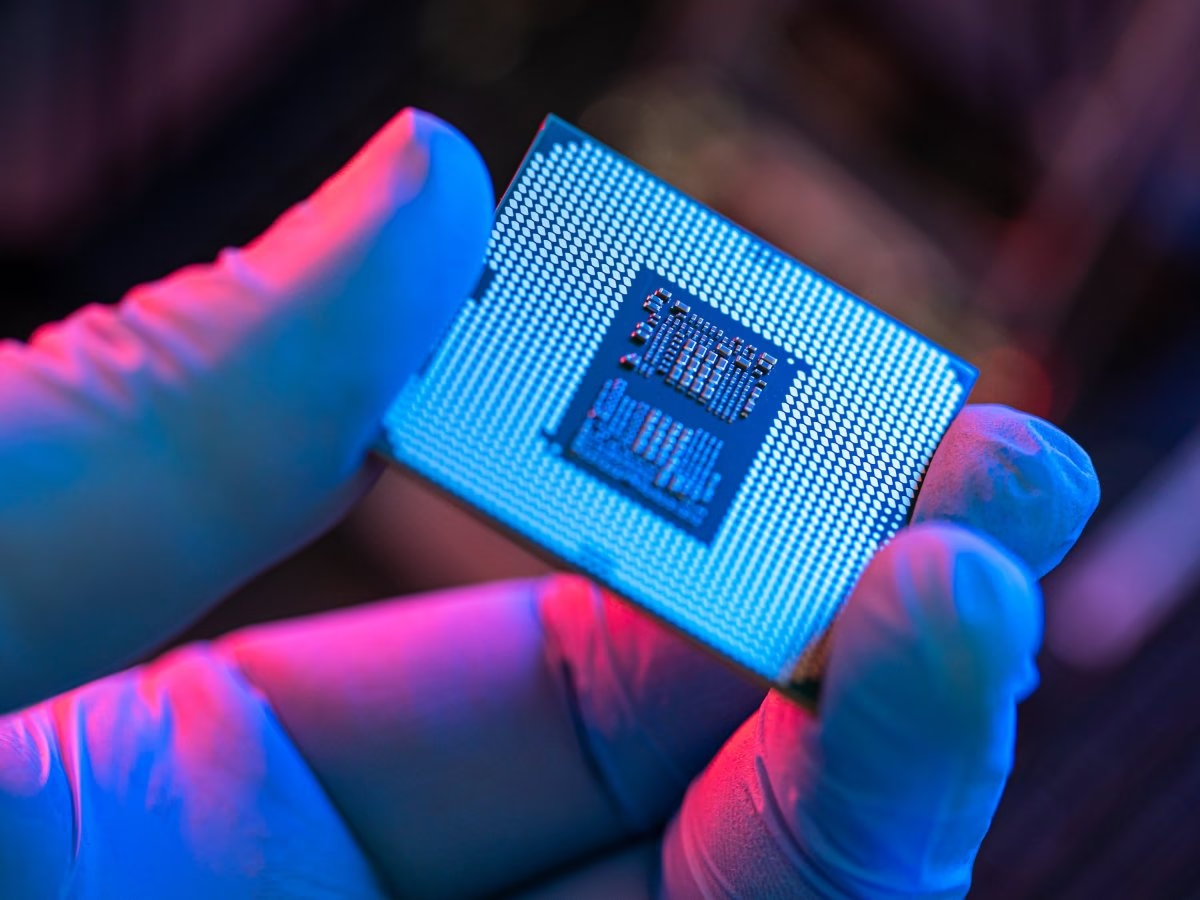YPlasma Cools Data Center Chips with Air-Zapping Tech

▼ Summary
– YPlasma’s device uses electrically charged copper strips to generate plasma, creating airflow without moving parts to extinguish candle flames in a demo.
– The actuator is thin, flexible, energy-efficient (using 1 watt vs. 3-4 watts for fans), and ideal for space-constrained electronics like laptops.
– YPlasma raised $2.5 million in seed funding and will operate from SOSV’s Hax lab in Newark and offices in Madrid, spun out of Spain’s space agency, INTA.
– Applications include wind turbines (boosting efficiency by 10-15% and de-icing), semiconductor cooling, and data centers, where cooling is a major expense.
– The company is testing wind turbine solutions at Sandia National Lab and exploring chip cooling after success with a semiconductor manufacturer.
Innovative plasma technology is revolutionizing how we cool electronics, offering a silent, energy-efficient alternative to traditional fans. At first glance, YPlasma’s demonstration might seem like something out of a sci-fi movie, flames extinguishing without a breeze, powered only by thin strips of copper. But this isn’t magic; it’s cutting-edge engineering that could transform thermal management in data centers and consumer devices.
The company’s plasma actuators generate airflow without moving parts, using electrical currents to create charged particle clouds. These ultra-thin, flexible strips consume just one watt of power, far less than conventional fans, while fitting seamlessly into tight spaces. For data centers, where cooling accounts for a significant portion of operating costs, this technology could slash energy use and improve efficiency.
YPlasma recently secured $2.5 million in seed funding, backed by Faber and SOSV, to accelerate development. Originally focused on wind turbines, where their tech could reduce ice buildup and boost energy output by 15%, the startup has pivoted toward semiconductor cooling after successful trials with a major chipmaker.
The implications stretch beyond electronics. Potential applications range from aerodynamic enhancements in vehicles to satellite propulsion systems, showcasing the versatility of plasma-driven airflow. With a summer test planned at Sandia National Laboratory and growing interest from the data center industry, YPlasma’s breakthrough could soon redefine how we manage heat in high-tech environments.
As demand for sustainable cooling solutions surges, this noiseless, low-power alternative might just be the answer industries have been waiting for.
(Source: TechCrunch)




